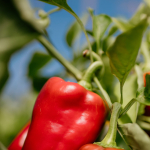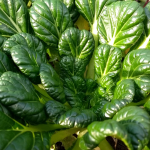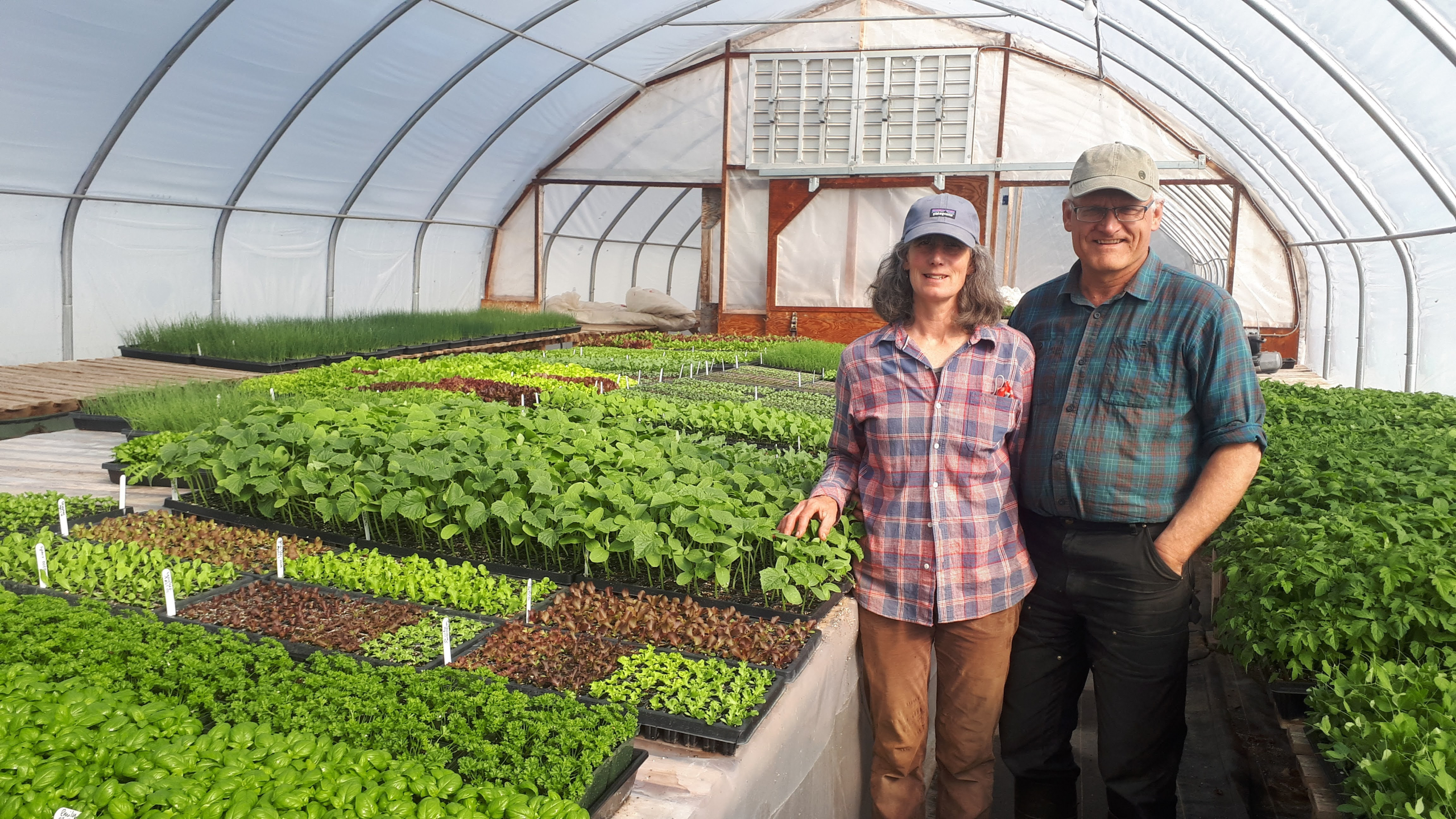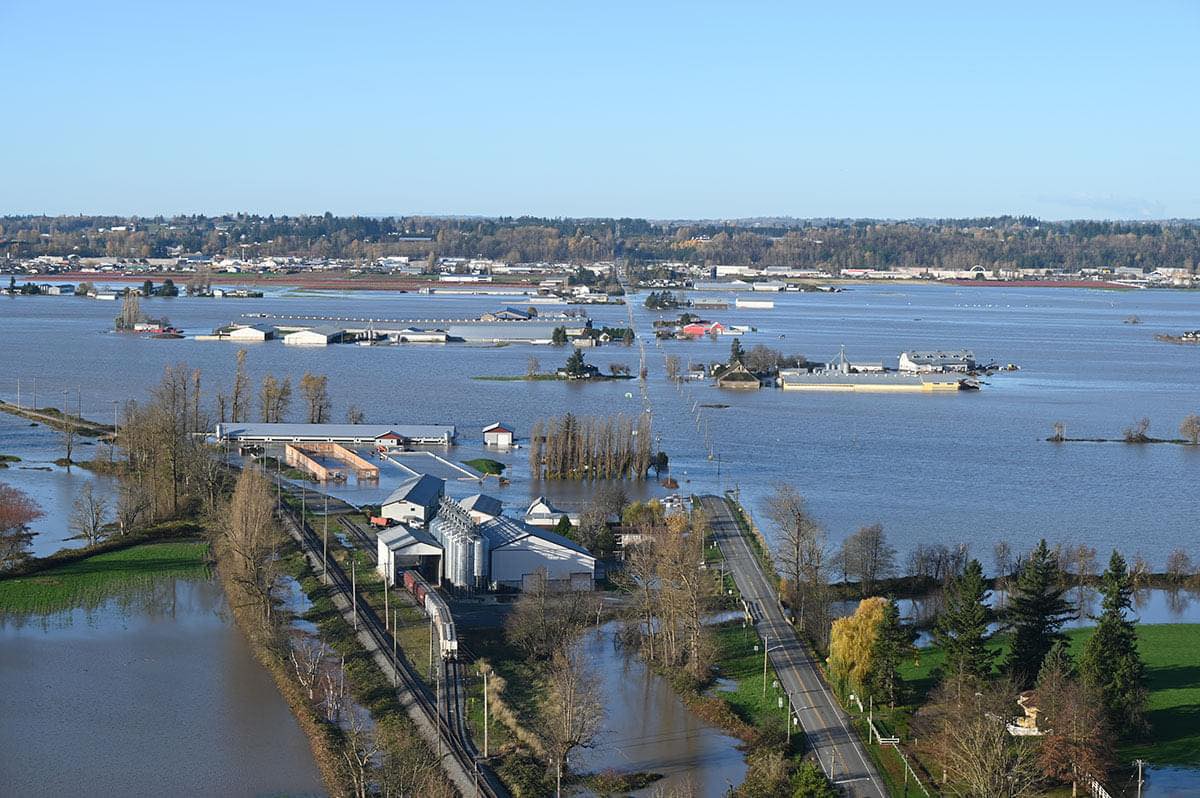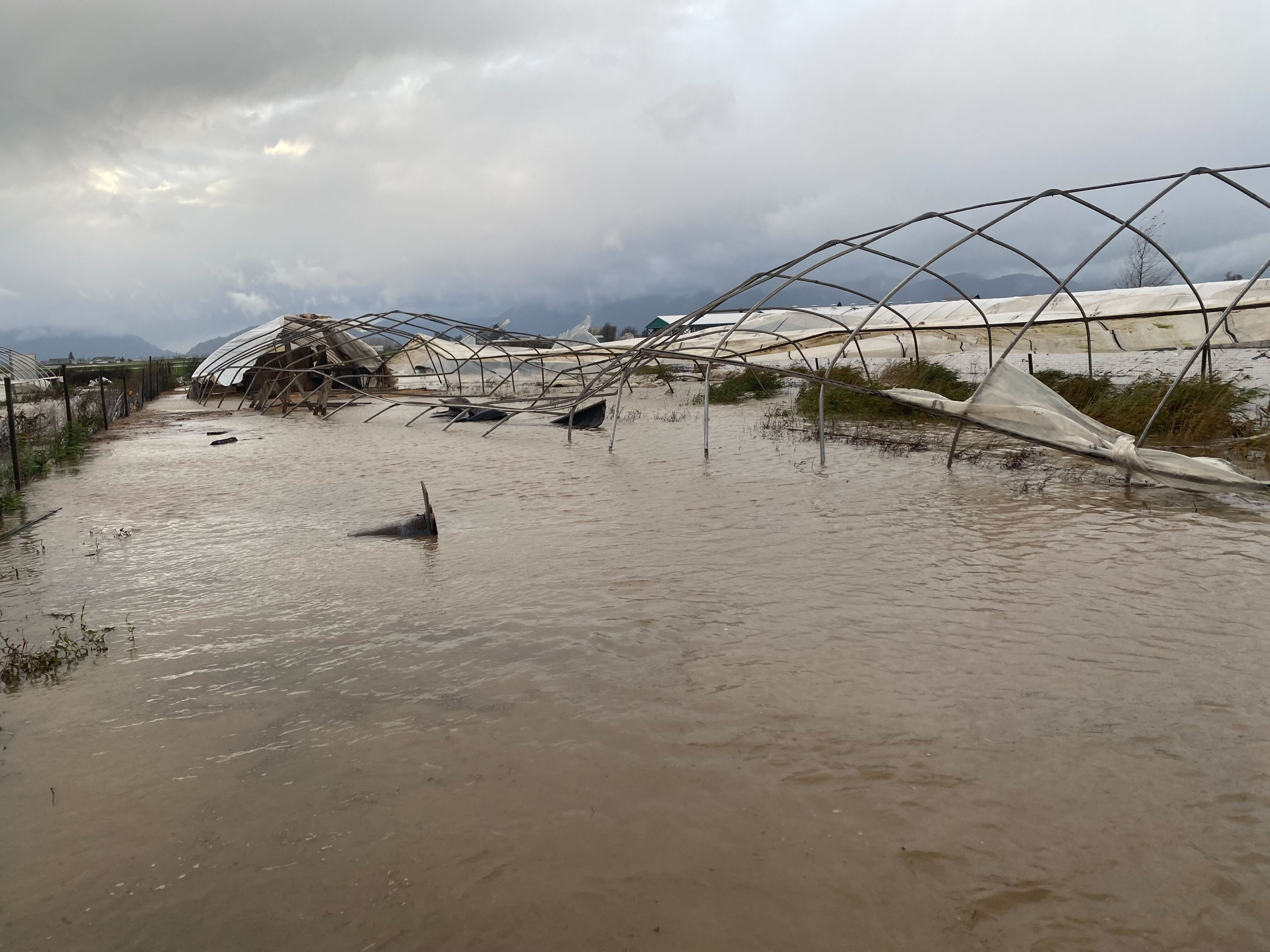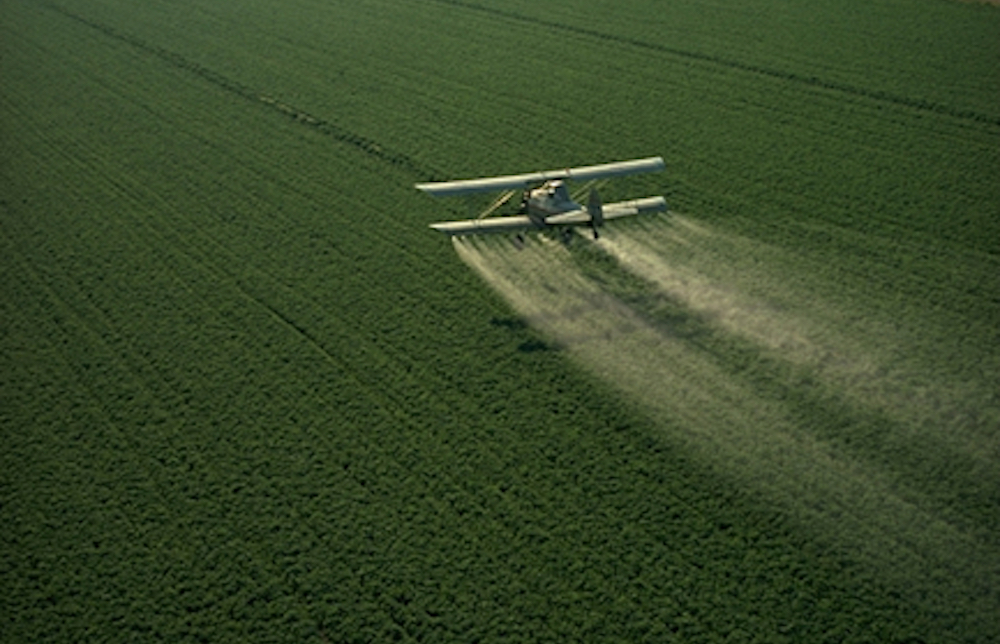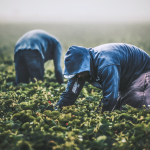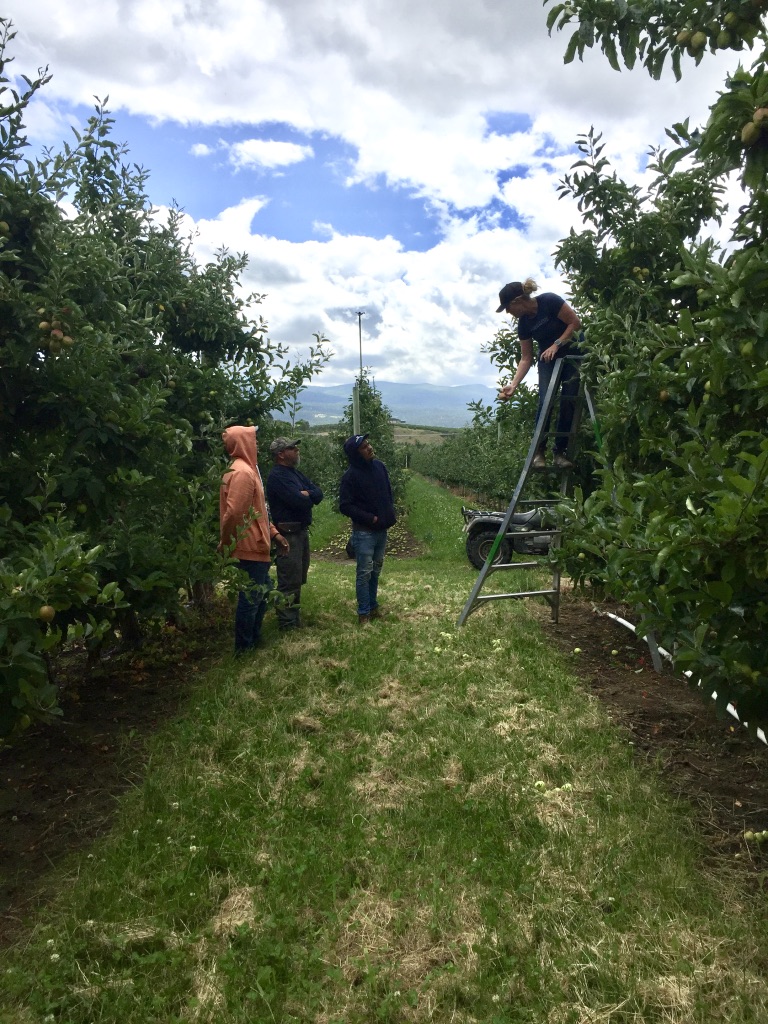2022 BC Organic Conference Recap

By Stacey Santos
It really says something about you, the organic community, when you still shine two years into a pandemic, after a hot and fiery summer and a devastatingly wet fall. Even virtually, your leadership, knowledge, and humour are at the forefront—even eclipsing Jordan’s fake beard and eyebrows, à la Tristan.
That’s saying a lot.
We thank you for pushing through a tough year and for coming together for another great BC Organic Conference!
The “Bring Your Own Banquet” Edition
We had originally planned to hold the conference in person at Thompson Rivers University (TRU) in Kamloops, but in light of a certain pandemic, we switched to a virtual format on February 27 and March 6. The conference committee had some great brainwaves when it came to creating a new program, including the incredibly popular pre-conference beer and bevvie night (which folks were still talking about weeks after). It was wonderful to be able to laugh together, have breakout discussions, create spontaneous poetry, and kick off our online auction.
This year, the auction had especially fun contributions and we were able to raise over $5,000 in support of the conference!

Conference Podcast
Like last year, the conference included all-new podcasts featuring practical tips, regulatory insights, farmer reflections, and more. And, we were lucky to invite back a couple of guests from the podcast for some Q&As. Our podcast listeners voted to learn more about weeding and agritourism, so Kerry McCann and Andrew Budgel of Laughing Crow Organics joined us to share insights on weeding techniques and technology, and on agritourism’s economic opportunities, costs of doing business, labour, set up, and, of course, challenges.
The new podcast episodes will be released to the public at a later date. Find current and future episodes at organicbc.org/podcast
Welcome from Minister Popham
Agriculture Minister Lana Popham joined the conference and shared, as always, her heartfelt thoughts on the state of organics and agriculture in BC, plus an update on things to come.
We learned that the Ministry of Agriculture will soon announce its Regenerative Council/Board, which Organic BC will be a part of. The Ministry is also working to get government funding for equipment that will help farms be more resilient, and is creating a food hub network with shared-use processing facilities. When asked about the possibility of creating a meat processing hub in the province, Minister Popham said it’s definitely possible but will take some time.
If you have ideas on how farms can become more resilient, let the Ministry know! They have solid connections with funding resources and Minister Popham recommended an aggressive approach to get things done more quickly. So, stay connected!
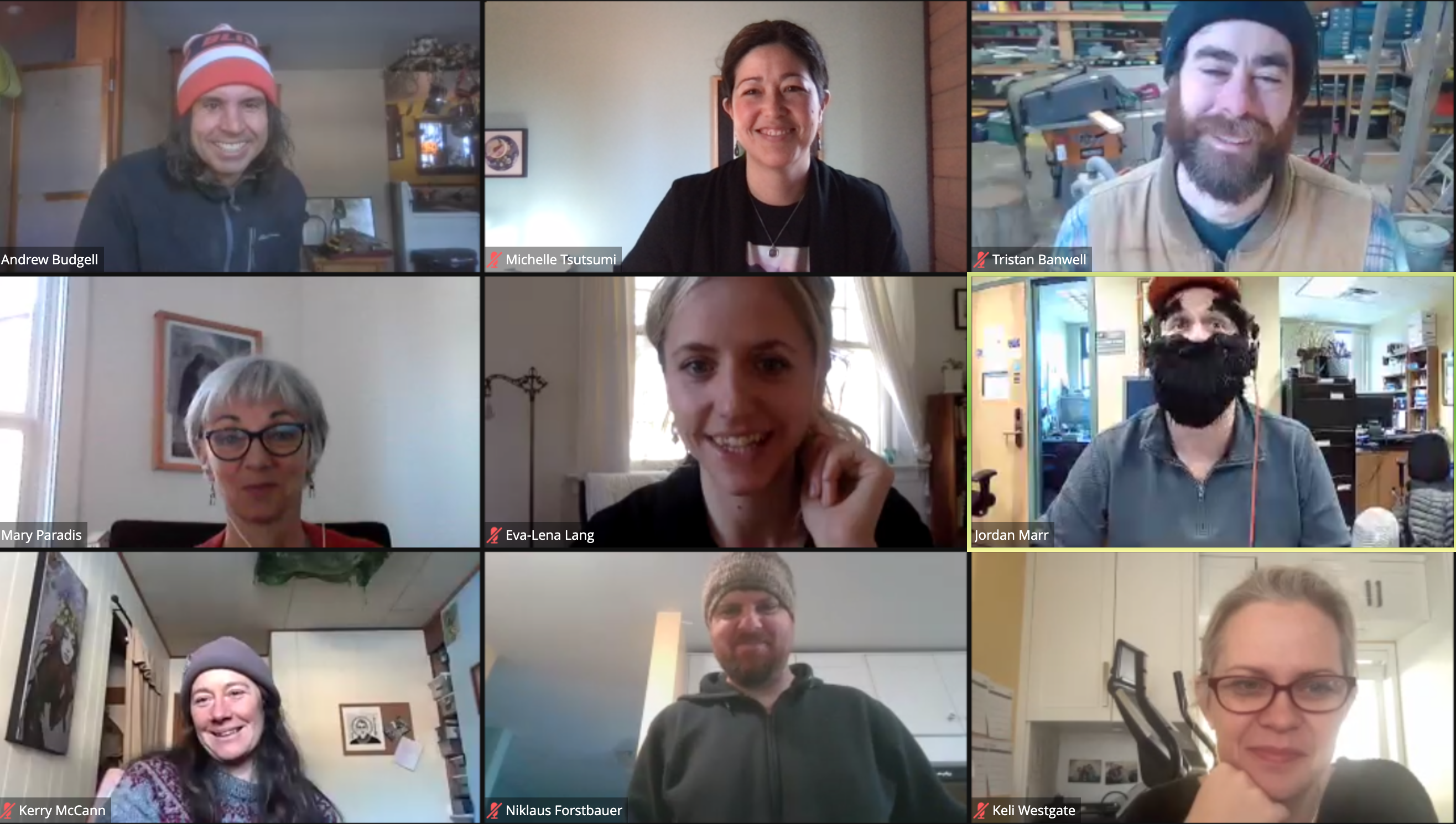
Mental Health in Agriculture
With so much going on right now—in farming and also the world—our conference session with Dr. Briana Hagen was more relevant than ever. Dr. Hagen presented on mental health literacy, touching on some of the struggles and challenges farmers face and how we can maintain and bolster our mental health during crises. A lot of strides have been made when it comes to having conversations around mental health, but there’s a lot more work to be done.
Thanks to Dr. Hagen for presenting on this important topic, and to attendees for their questions, comments, and insights.
Learn more about Dr. Hagen’s work and In the Know, the mental health literacy program for agriculture, at ajbresearch.com/in-the-know.
Reframing the Regenerative Conversation
One of our sessions focused on regenerative agriculture and its strong and long-lasting link to organic. The conversation highlighted the question: What is needed to make organic the key to regenerative certification?
The answers came from a variety of perspectives, including what the Ministry’s goals for regenerative agriculture are, what’s happening at the federal level, how Regenerative Organic Certification is being put into practice already, what sort of policy frameworks are needed to support regenerative (e.g. organic) agriculture, and more.
The Ministry of Agriculture highlighted the importance of collaborative groups, including the Regenerative Agriculture and Agritech Network, and also mentioned that the Environmental Farm Plan program offers funding towards creative regenerative solutions. They encouraged everyone to reach out to the Ministry to learn more about how the program can support your goals.
And, we were able to welcome Alison Squires from Upland Organics in Saskatchewan who walked us through the Regenerative Organic Certification process and shared tips on how to incorporate regenerative practices onto your farm. Her biggest game changer? Livestock integration.
Organic BC’s Regenerative Ag Committee will keep the conversation going, and we encourage you all to join the Organic BC listserv if you haven’t already (organicbc.org/listserv) to carry on discussions of your own.

Virtual Field Days
Thanks to public health orders and the fact that BC is a really big place, we were lucky to bring field days to the conference with the launch of our Soil Health Series. These videos included farm tours and conversations with:
Hutley Acres (dairy): Owner Mike Broersma gave an in-depth look at weed management, crop rotations, and key machinery, as well as keeping a healthy herd, overcoming obstacles, and the importance of trying new things.
Claremont Ranch Organics (tree fruit): With a focus on soil health, owner Molly Thurston walked us through the optimal soil for growing tree fruits, the benefits (and best combinations) of cover crops, tips for weed control during planting, and so much more.
Wild Flight Farm (vegetables): Owner Hermann Bruns gave tips on inexpensive and effective green manures that suppress weeds and give soil more structure, plus countless other ways to build nutrient-rich, healthy soil.
We were lucky to have some of the farmers in attendance at the conference, so folks were able to ask questions about the videos and get answers right from the source!
If you missed the virtual tours or want to have another watch, you can find the videos on our YouTube channel (@thisisorganicbc).
Organic BC gratefully acknowledges funding from the Canadian Agricultural Partnership, a joint funding agreement between the Government of Canada and the Province of British Columbia.
Save the Dates
Looking ahead to 2023, the venue and hotel are already booked. We’re crossing our fingers for an in-person conference at TRU in Kamloops on February 24 to 26. The plan is to have a single-track program with an emphasis on providing opportunities for conversation both in and outside of the sessions.
And, because we had a lot of comments about roller crimpers during this conference, we’re also considering bringing some equipment to the in-person tradeshow, and inviting attendees to bring in theirs for an equipment show and tell.
Thank you
A huge thanks to our conference coordinator, Michelle Tsutusmi, and to our incredible and creative volunteers, including our conference committee and our witty and oh-so-entertaining hosts, Tristan Banwell and Jordan Marr. Also, thanks to our conference sponsors (Farm Credit Canada, Institute for Community Engaged Research, BC Coop Association, Gambrinus Malting) and to our tradeshow exhibitors (AgSafe BC, BC Agriculture Council, FarmFolk CityFolk, Frankia Fertilizers, Organic Crop Improvement Association, Osborne Quality Seed, and TerraLink).
Until next year!
Feature image: From Virtual Field Days series, Hermann Bruns at Wild Flight Farm.
All images: Credit: Organic BC.



